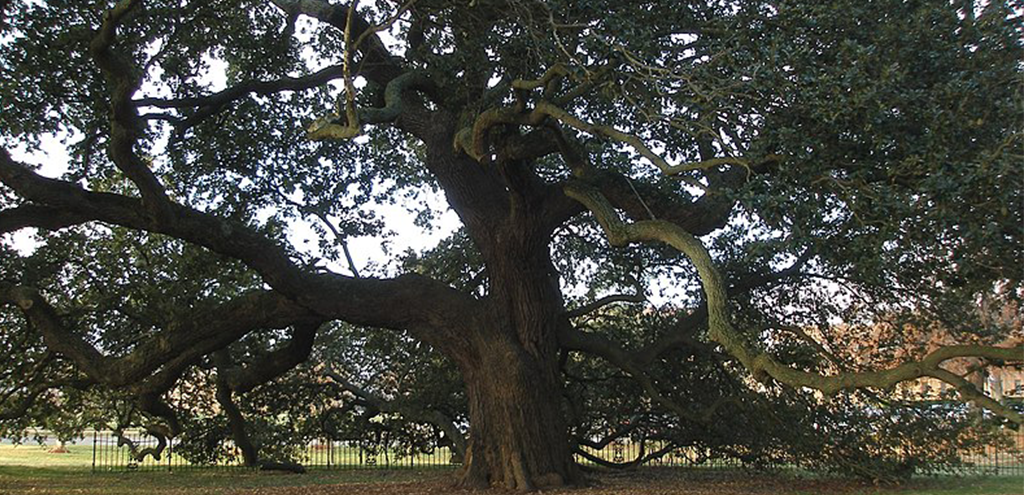THE LEAFLET

Celebrating the Emancipation Oak this Emancipation Day
D.C. is a unique and special place for a lot of reasons, but one of my underrated favorites is the fact that Emancipation Day, celebrated annually on April 16, is a public holiday in the city. The holiday marks the anniversary of the signing of the Compensated Emancipation Act on April 16, 1862.
By 1860, there were about four million slaves in the United States. 158 years ago, President Abraham Lincoln signed the Compensated Emancipation Act, which freed more than 3,000 slaves in the District of Columbia. Due to the Civil War, however, slavery was only formally ended in the U.S. thanks to the Thirteenth Amendment, proposed on January 31, 1865, and ratified by 30 of the then 36 states in the same year. (It was only ratified in Mississippi in 1995!). Slavery and the racial divisions, upon which it was based, have had and continue to have huge implications for individuals and American society as a whole – which is an enormous understatement.
There is a small, ok enormous, piece of Emancipation history in our area that holds a special place in our urban forestry heart. The Emancipation Oak, located on the campus of Hampton University in Hampton, VA, is a sprawling, historic tree. It’s a southern live oak that’s estimated to be over 200 years old, roughly 98 feet in diameter, with sprawling branches which extend upward as well as laterally. It’s even designated one of the 10 Great Trees of the World by the National Geographic Society!
Prior to the Civil War, the tree was used as a site of education. Educating slaves was against the law in Virginia, but near the fort a free black woman named Mary Peake began teaching the refugees. Under the shade of the oak tree, she held her first classes. Those classes, with the help of the American Missionary Association, became the Hampton Normal and Agricultural Institute near the oak tree, which eventually became Hampton University. And that oak tree became the Emancipation Oak.
In 1863, the black community gathered under the oak to hear the first Southern reading of President Abraham Lincoln’s Emancipation Proclamation, leading to its nickname as the Emancipation Oak. In the 21st century, the Emancipation Oak still stands to provide both shelter and inspiration to the school’s students and staff and provides a source of inspiration and steely resolve to all us.
They may not be as historically significant as the Emancipation Oak, but D.C. boasts plenty of famous and unusual trees.